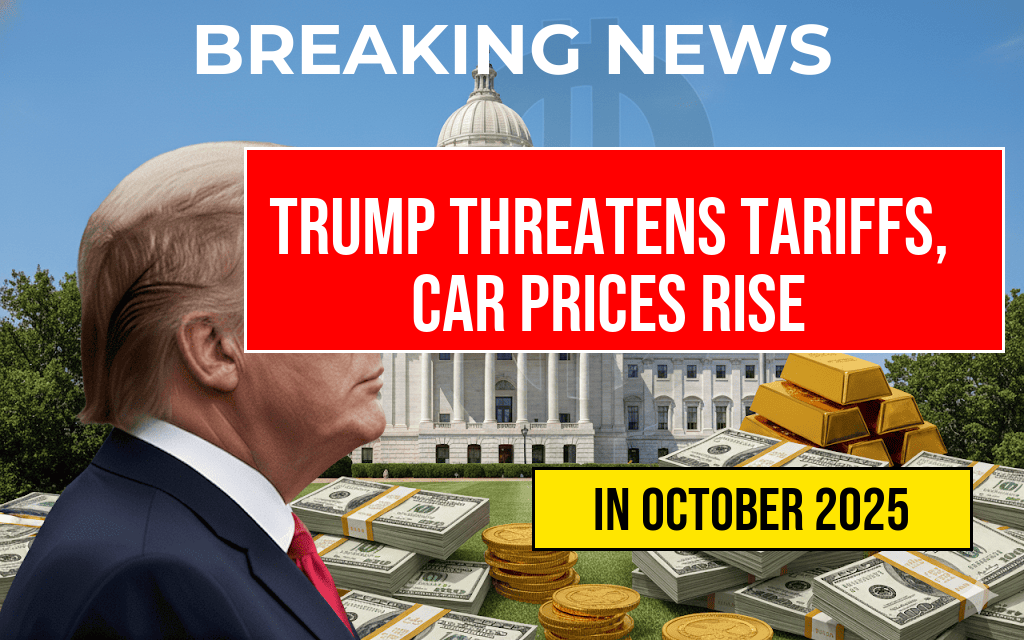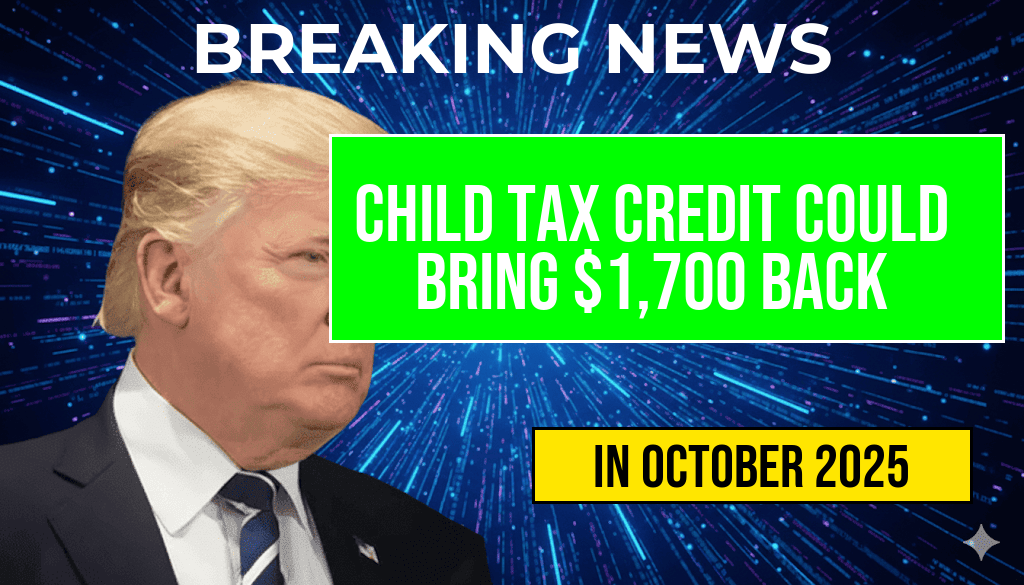Automakers and consumers are facing the potential impact of a new tariff threat stemming from former President Donald Trump’s recent comments, which could lead to significant increases in vehicle prices. According to industry analysts, if tariffs are reinstated or expanded, the cost of many new vehicles might rise by as much as $5,286 per unit. This development raises concerns about affordability for buyers and could disrupt the current balance of the automotive market. While discussions about tariffs have fluctuated over recent years, Trump’s recent stance signals a possible shift that could reshape import and domestic vehicle pricing strategies. As the debate unfolds, stakeholders ranging from manufacturers to consumers are closely monitoring potential policy changes and their implications for the broader economy.
Background on Tariffs and Automotive Imports
Tariffs are taxes imposed on imported goods, often used as leverage in trade negotiations or to protect domestic industries. In the automotive sector, tariffs primarily target vehicles imported from countries like Japan, Germany, and Mexico, which are significant sources of foreign-made cars sold in the United States. Historically, tariffs on automobiles have been contentious, balancing the interests of American automakers against the benefits of global trade.
Historical Context and Policy Shifts
- During the Trump administration, tariffs on steel and aluminum spurred fears of increasing vehicle costs, given the steel-intensive nature of car manufacturing.
- In 2018, tariffs on imported vehicles and parts were proposed but ultimately not implemented after negotiations.
- Recent statements by Trump suggest a renewed willingness to impose tariffs, potentially targeting foreign automakers operating within the U.S. or exports from other nations.
Potential Price Impacts and Industry Response
Experts estimate that if tariffs are reinstated at current proposed levels, the average price of a new vehicle could increase by as much as $5,286. This figure stems from analysis of import costs, production expenses, and typical profit margins within the automotive industry. The impact varies across vehicle types, with larger SUVs and trucks expected to see higher increases due to their higher import content.
Estimated Price Increase Breakdown
| Vehicle Type | Average Price Increase | Major Affected Models |
|---|---|---|
| Sedans | $2,500 – $3,000 | Toyota Camry, Honda Accord |
| SUVs & Crossovers | $4,000 – $5,000 | Ford Escape, Honda CR-V |
| Trucks & Large SUVs | $5,000 – $5,286 | Chevrolet Silverado, Ford F-150 |
Market and Consumer Implications
Rising vehicle costs would likely dampen sales, especially among price-sensitive buyers. The automotive industry, which has already faced supply chain disruptions and increased production costs amid the global economic landscape, could see reduced demand for new cars. Used vehicle prices might also experience upward pressure as consumers look for alternatives, further complicating the market dynamics.
Manufacturer Strategies and Potential Responses
- Shifting production to North America to avoid import tariffs
- Increasing incentives and discounts to offset higher prices
- Adjusting supply chain sourcing strategies to mitigate tariff impacts
Policy and Political Context
The threat of tariffs aligns with broader trade negotiations and political considerations. While some policymakers argue tariffs protect domestic jobs and industries, critics warn of adverse effects on consumers and global trade relations. The Biden administration has generally taken a more cautious approach to tariffs, but recent rhetoric from Trump signals a possible shift back toward protectionist policies.
Official Statements and Industry Reactions
Automakers have expressed concern about tariff reinstatement, emphasizing potential price hikes and reduced competitiveness. The history of U.S. metal tariffs illustrates how trade policy changes can ripple through manufacturing sectors, impacting costs and pricing structures.
Looking Ahead
As discussions continue, consumers and industry stakeholders remain vigilant. The possibility of tariffs increasing vehicle prices by thousands of dollars underscores the interconnectedness of trade policy and everyday economic realities. Policymakers’ decisions in the coming weeks could either mitigate or magnify these potential impacts, shaping the landscape of the American automotive market for years to come.
Frequently Asked Questions
What is the main reason behind the potential increase in new car prices?
The potential increase in new car prices is primarily due to Trump’s tariff threat on imported vehicles and parts, which could raise costs for manufacturers and consumers.
How much could the average vehicle price increase due to these tariffs?
The article estimates that vehicle prices could rise by up to $5,286, depending on the severity of the tariff implementation and the vehicle’s make and model.
Which vehicles are most likely to be affected by the tariff increase?
Vehicles that rely heavily on imported parts or are manufactured abroad are most vulnerable to price hikes, especially those from automakers with significant foreign supply chains.
Will these tariff threats impact the new car market immediately?
The impact on the new car market may not be immediate, but if tariffs are implemented or increased, consumers could face higher prices in the coming months.
Are there any ways for consumers to mitigate the potential price increases?
Consumers can consider buying earlier before tariffs take full effect, exploring domestically produced vehicles, or negotiating with dealers to offset potential price hikes.






